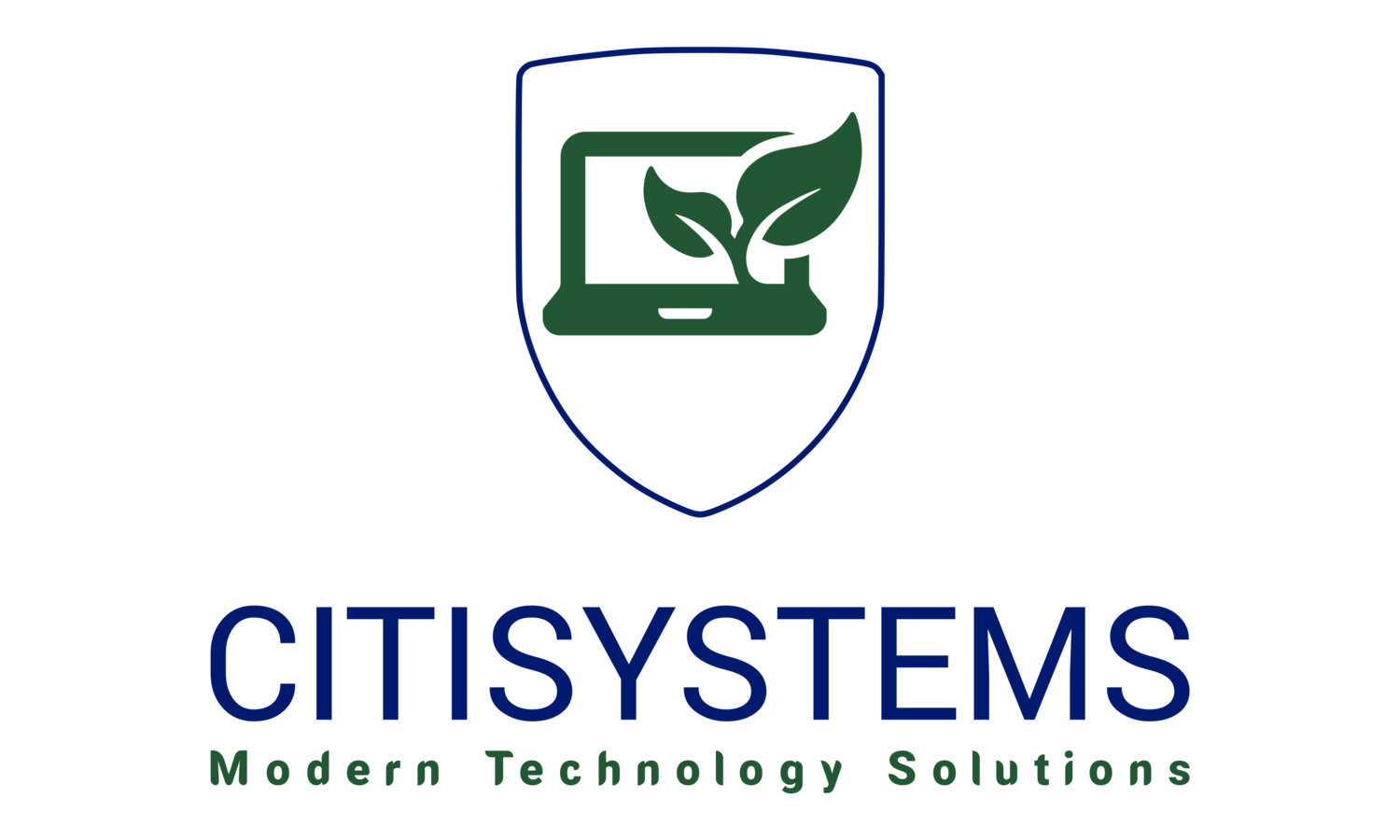How do Cybercriminals Attack Us
-

Phishing / Scam Methods
-

Malware / Ransomware
-

Hacking / Data spilling
-

Malicious Insider Attacks
-

Web Shell Malware / Hijacked Websites
-

Denial of Service
-

Cryptomining
-

Other types of Attacks
Fake calls and messages claiming to be someone or an organisation that you may know. These messages/calls can appear to be very official and convincing. These calls and messages can take the form of:
Fake emails and/or SMS text messages from known companies and government authorities which can look very convincing. They usually have a time limitation to attempt to stress you into performing the actions they want from clicking on a link, reply with confidential information or calling/texting a specific phone number
Scam video / phone calls from known companies and individuals, government bodies want you to do something, usually with a time limitation to attempt to stress you into performing the actions they want.
Fake Social Media messages (Facebook, Twitter, Instagram, Whatsapp. Youtube , Tiktok, Reddit etc.) from known companies and government authorities which can look very convincing. They usually have a time limitation to attempt to stress you into performing the actions they want from clicking on a link, reply with confidential information or calling/texting a specific phone number
How to spot a Phishing / Scam email or message
Phishing emails and messages tend to work on your emotions, so try to think first about what the email/message is asking for before instantly acting on what the sender want.
Claims of winning prizes/ grant emails
Threats – asking for immediate/urgent action
Spoofing – look like legitimate websites/companies, but send you to phony websites / legitimate popup windows
Bad Spelling / Bad Grammar
Altered Web Addresses – wrongly spelled versions of legitimate websites
Incorrect salutation of your name
Mismatches in link text or the URL / Website Address is different
Sender’s name, signature, and URL are different.
How to spot a Phishing / Scam Call
Robocalls - voice sounds automated or robotic like
Foreign Languages
Offering Tech Support / Security Service ie we have spotted odd malware/virus, internet activity.
Do some Phishing / Scam Training
Do some online phishing quizzes so you can train yourself to spot phishing / scam attempts
Phishing / Scams
Malware, also known as malicious software are Bad software/apps that can:
Gain access to your computer systems, networks
Steal documents, data, files
Hijack your network to be used to access to other targets
Ransomware is a particular class of malware that prevents your files being unusable until you agree to pay a fee/ransom to the Cybercriminal.
How can I protect against malware / ransomware attacks and damage?
Do not open attachments or files from suspicious sources
Do not click on any hyperlinks in emails and messages that are suspicious
Keep all your software and operating system up to date.
Install and maintain up to date antivirus / security software and services.
Have a good backup strategy in place.
Malware / Ransomware
Like the recent Optus incident, where a Cybercriminal managed to break in (“hack”) and stole data (“data spill”) of a known organisation or government authority which you may contain your confidential information.
How can I protect against hacking attacks and damage?
Keep all your software and operating system up to date.
Install and maintain up to date antivirus / security software and services.
Have a good backup strategy in place.
Hacking / Data spill
Where a current or former employee, contractor or associate of a organisation steals, destroys and/or sabotages systems of that organisation, which could include your confidential data.
Further impacts could include:
Public or industry reputation damage
Prevent your organisation from functioning properly
Lose trade secrets or intellectual property
Destruction of the organisation
How do I prevent malicious insider threats?
This is dependent on what systems, culture, policies and procedures are in place. Staff teamwork, training and communication also help.
Other measures can be developed to detect and prevent this type of behaviour or any damage resulting from this act.
What can be done after a malicious insider act?
Any illegal acts should be reported to police
Reovery will depends on the type of damage done. A good backup system will be essential to have in place beforehand.
Stolen Data will depend on what systems and procedures are in place.
Malicious Insiders
Where the Cybercriminal takes over part or all of remote access to a website or websites in order to conduct more Cyber crimes
Web Shell Malware / Hijacked Websites
Also known as “DoS” or “DDoS” - where attempts are made to prevent access to a website / online service by overwhelming it with bad internet traffic.
Denial of Service
Also known as Cryptocurrency mining, where Cybercriminals take over the use of computer systems and networks and use them for the solution and verification of complex mathematical problems in order to receive the reward of bitcoin and other cryptocurrencies
Cryptomining
More Info
Unfortunately, Cybersecurity is like a game the ratcatcher and the rat.
As we get better at Cybersecurity and also new and better technologies are developed, the Cybercriminals will find new ways to attack you, your family, your work etc.
Watch this space and subscribe to the Citisystems Newsletter for up to date information regarding Cybersecurity
How do Cybercriminals Attack Us
-

Phishing / Scam Methods
-

Malware / Ransomware
-

Hacking / Data spilling
-

Malicious Insider Attacks
-

Web Shell Malware / Hijacked Websites
-

Denial of Service
-

Cryptomining
-

Other types of Attacks


